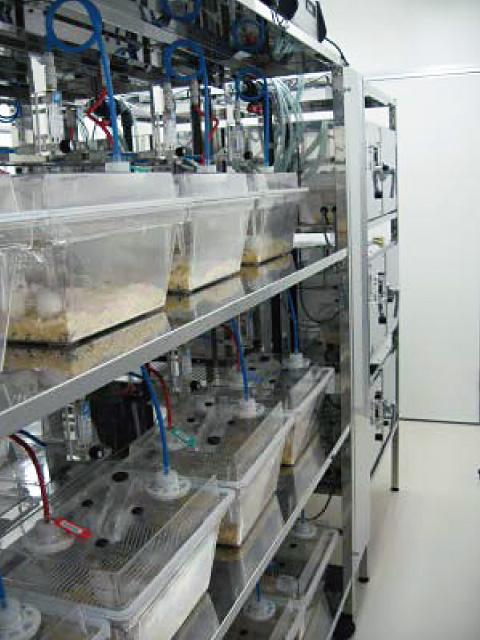
Fig.13-24 Animal test chamber for radon inhalation

Fig.13-25 Radon inhalation inhibits alcohol-induced oxidative injury in mouse liver

Fig.13-26 Radon inhalation inhibits Streptozocin (STZ)-induced diabetes in mouse pancreas
According to legend, one of the hot springs in Misasa, Tottori was first found in 1164, about 850 years ago. Misasa means “third morning” in Japanese and was named for another legend that people who went there for a hot spring cure were healed completely by the third morning. The hot springs in Misasa are famous worldwide due to the high radon concentration of the water. The Misasa hot springs are believed to stimulate the body’s healing mechanism and enhance immunity, especially against reactive-oxygen- or free-radical-related diseases. There is some possibility that radon, a radioactive noble gas, plays an important role in these properties.
Okayama University and JAEA Ningyo-toge have conducted a collaborative study of the physiological effects of inhaled radon in the low-dose range. The main assignments were as follows. On the basis of clinical knowledge, Misasa Medical Center (Okayama University Hospital) clarified the issues that should be addressed. The Graduate School of Health Sciences (Okayama University) supervised the research and studied the biological responses. The JAEA Ningyo-toge developed and controlled a facility for radon inhalation experiments and the investigation of the biokinetics and exposure doses of radon. From 2007 to 2011, the following results were obtained.
● The first Japanese large-scale facility was developed for radon inhalation experiments with small animals (Fig.13-24).
A comprehensive discussion, including considerations of the radiation risk and safety, is required.